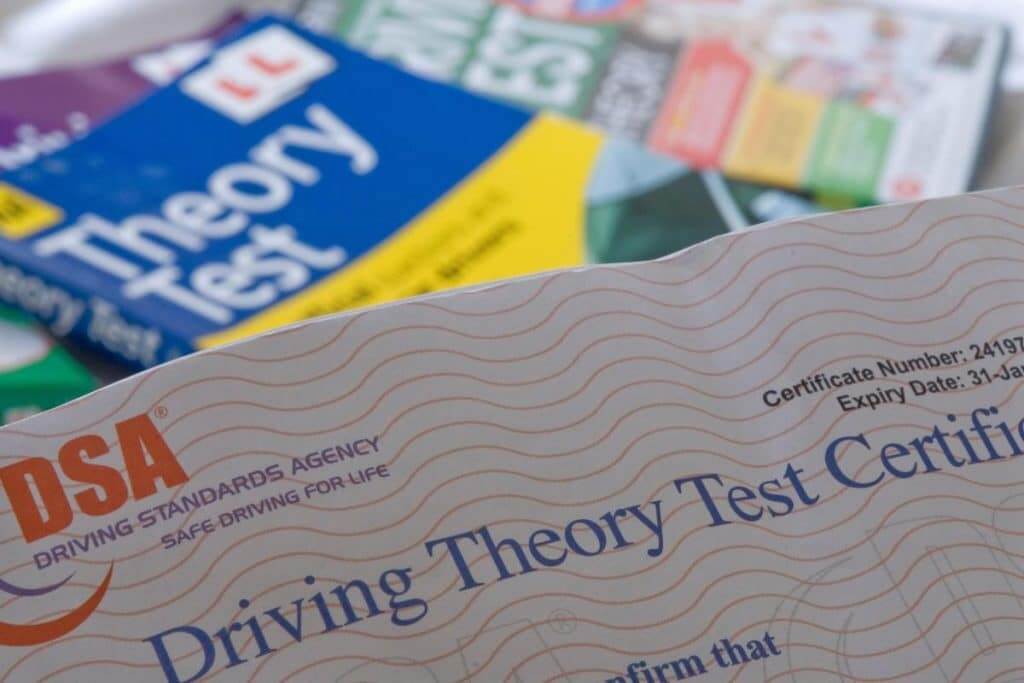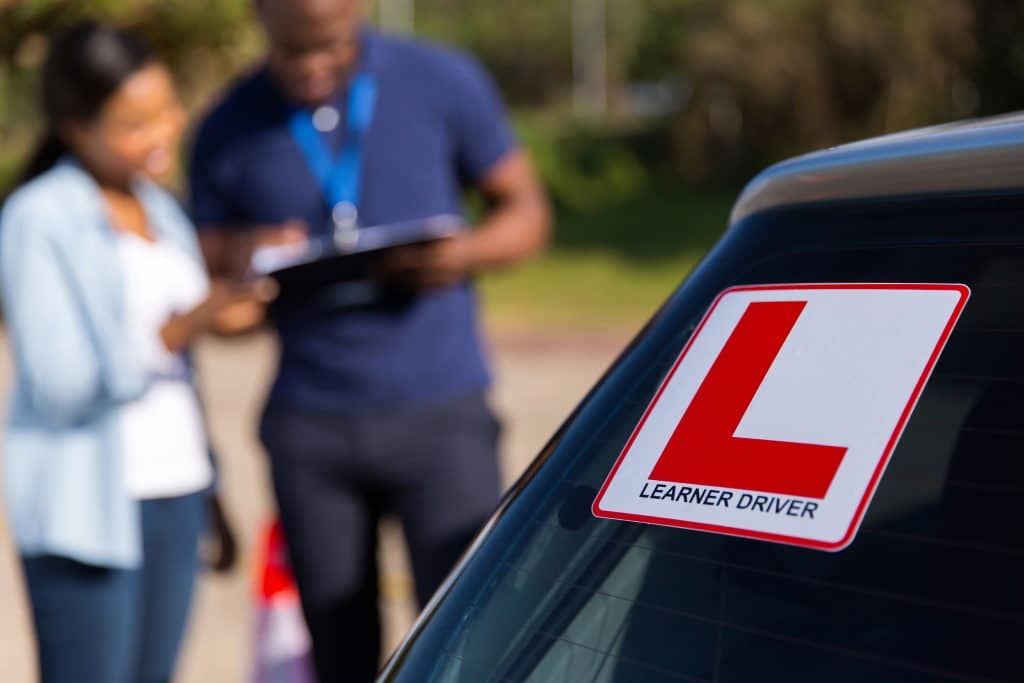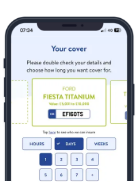It all starts to get real once you book your theory test. The countdown begins, as should your preparations. If you’re feeling a little overwhelmed, that’s completely normal – there’s a lot of information to take in. But our guides are here to help.
The other blogs in our ‘How to pass the theory test‘ series have touched on topics like how to pass the hazard perception part and what you need to bring on the day. In this guide, we’ll outline the different elements of the theory test before sharing all you need to know about timings.
What is the driving theory test?
The theory test is an essential part of learning to drive and something you have to do before booking your practical driving test. You can’t get a full UK driving licence without passing one.
It’s designed to test your knowledge and understanding of The Highway Code and other driving essentials, as well as your hazard-perception skills. The combination of the theory and practical tests is designed to help you become a safe and responsible driver.
What are the parts of a driving theory test?
A driving theory test consists of two parts: a set of multiple-choice questions and a set of hazard-perception exercises. You have to pass both to pass the theory test overall.
Multiple-choice questions
In this part, there are 50 multiple-choice questions to answer. These will be based on the information provided in three books: The Highway Code, Know Your Traffic Signs and Driving – The Essential Skills.
Each question will appear with several answers and you have to select the one you think is right. Three questions are based on a short video you’ll be shown. You can flag questions you’re unsure about to come back to later and you’re free to change answers at any point during the test.
You need at least 43 out of 50 correct answers to pass this part.
Hazard perception
The second part is a hazard-perception test. You’ll be shown 14 videos showing common road scenes from a driver’s perspective.
Each video will have at least one ‘developing hazard’ you have to identify by clicking with your mouse. One clip will have two hazards. The sooner you click when the hazards start to emerge, the more points you’ll score per scenario.
You need at least 44 out of 75 points to pass this test.
How long does the driving theory test last?
If you use the full time you’re allowed, a driving theory test should take you around 80 minutes from start to finish. You could be done in as little as 60 minutes if you use less time on the multiple-choice questions.
You need to arrive 15 minutes before your time slot, so you could be in the test centre for around 90 minutes in total.
How long does the multiple-choice part take?
You have 57 minutes to answer the 50 multiple-choice questions in the first part. But you don’t have to use all the time if you don’t need to. There will also be a few minutes at the start for you to read through the instructions and do a practice question.
In total, this stage should take you no longer than 60 minutes.
How long does the hazard-perception part take?
Before starting the second part, you’re allowed a break of up to three minutes. You can use this time to rest and reset before starting the hazard-perception test.
There are 14 videos in total. Each lasts around one minute. Again, you’ll have the chance to get familiar with what you’re doing before the real test starts.
The hazard-perception test should take around 15 to 20 minutes in total.
Choose Tempcover for learner driver insurance
Taking your theory test is an essential part of learning to drive but so is getting more experience out on the road. To put your theory knowledge into practice, you need to spend enough time in the driver’s seat in and out of driving lessons.
The solution? Taking out learner driver insurance is a great place to start. It allows you to practise in the car of your choice without signing up for a long-term car insurance policy. It’s a flexible and cost-effective way to help you pass.
Get a quote online today to discover the best cover for you. Feel free to contact us if you need any help or advice – we’re available seven days a week.
Frequently Asked Questions
How many questions are in the driving theory test?
There are 50 multiple-choice questions in the first part of the theory test. You have up to 57 minutes to answer these. In the hazard perception part, there are 14 video-based exercises. Each clip is about one minute long.
How long do I have to answer each question?
You have as long as you want to answer each of the multiple-choice questions but 57 minutes in total. Some questions may take you longer than others. You’re free to skip questions and come back to them if you need to. You can also change your answers at any point before you submit them.
For the hazard perception test, you only have the time while the video is playing to click the mouse and spot a hazard. Each clip lasts around one minute. You can’t replay or come back to these videos once they’ve been played, so stay focused.
Are there any breaks during the driving theory test?
Yes, there are. You can take a break for up to three minutes between the multiple-choice questions and the hazard-perception test. You’ll also get some time before each part to read instructions or watch an introductory video.
How early should I arrive at the test centre?
You should arrive at least 15 minutes before your theory test is scheduled to start. If you’re late, you risk it being cancelled and having to book another one without getting your money back.
If you’re wondering what to bring to your theory test, read our handy guide.
Do reading difficulties, disabilities or health conditions impact timings?
You may be able to get extra time or other forms of support if you need it.
When you book your theory test, you’ll need to say if you have a reading difficulty, disability or health condition that may impact you. Proof is usually required. This could be an email, letter or report from a teacher, medical professional or an official online dyslexia assessment.
If the DVSA approves your request for additional support, they’ll tell you what you’ll be given and if you need to do anything else before your theory test.
Can practice help me answer faster during the actual theory test?
Absolutely. The more time you give yourself to learn the information and prepare with practice quizzes and questions, the easier you should find it on the day. It’s just like any other test or exam. How long does a driving theory test take, then? Probably less time if you’re better prepared.
The DVSA has a range of free resources you can use, including a practice theory test and hazard-perception exercise. There are also a range of other paid apps and programs that can help you prepare more thoroughly.




